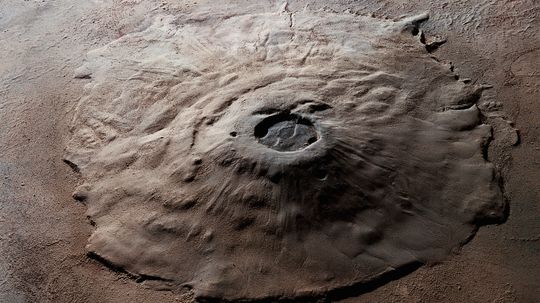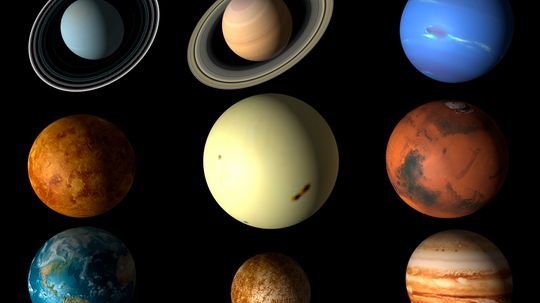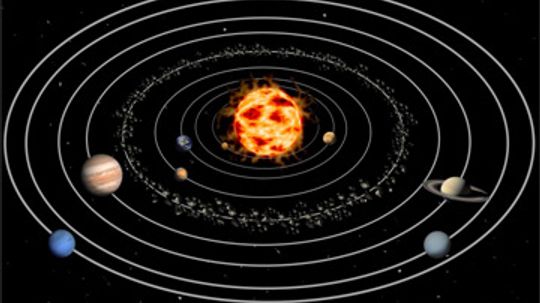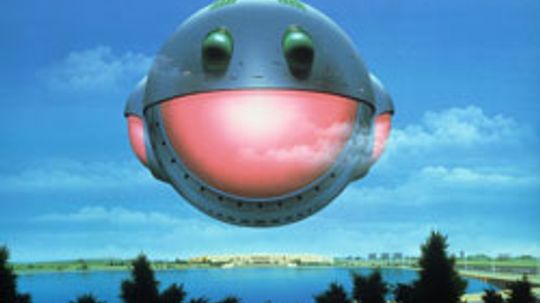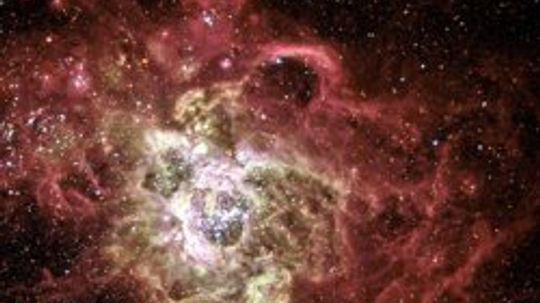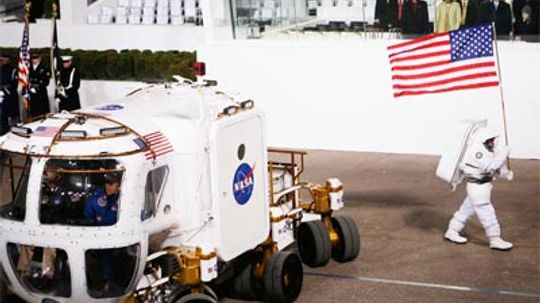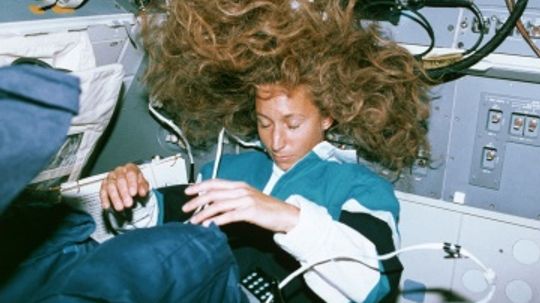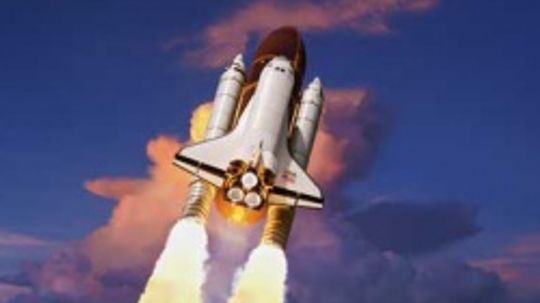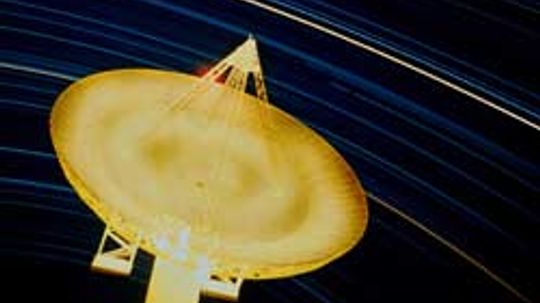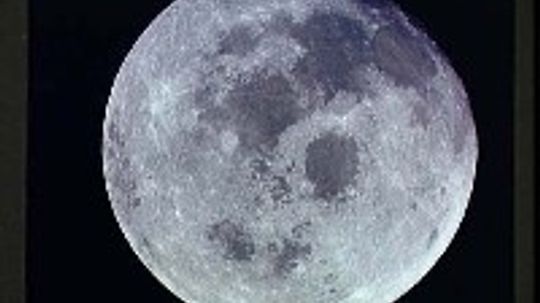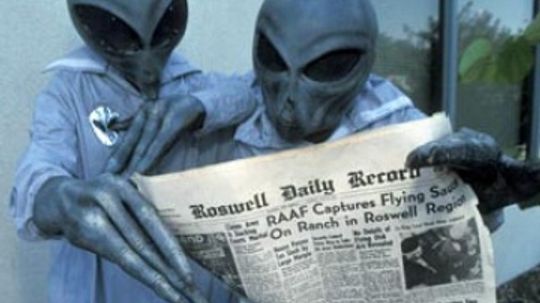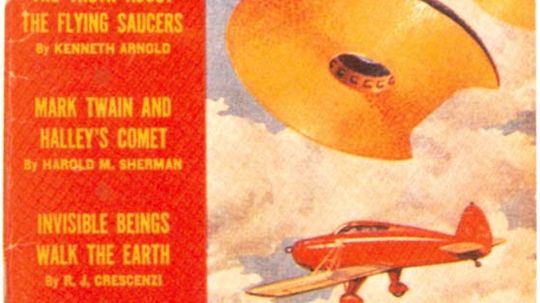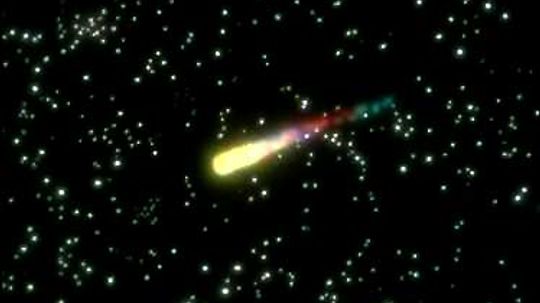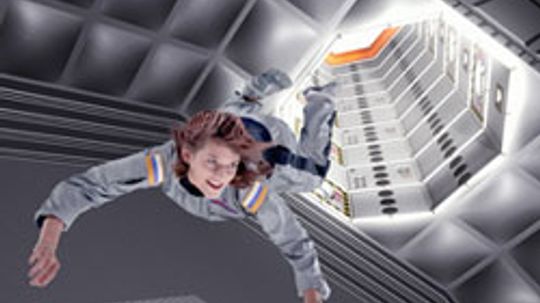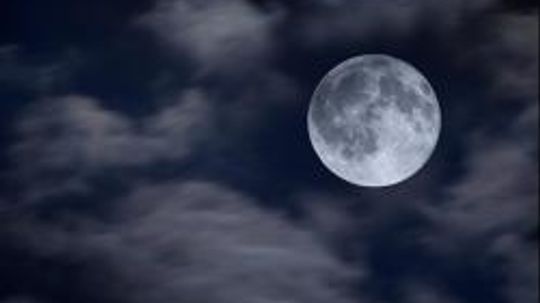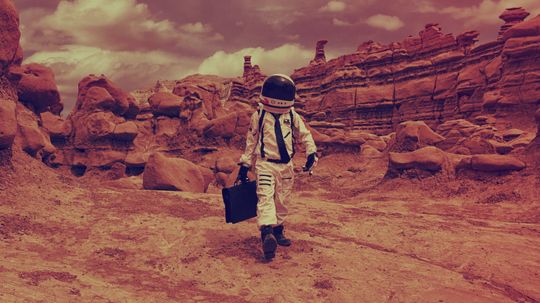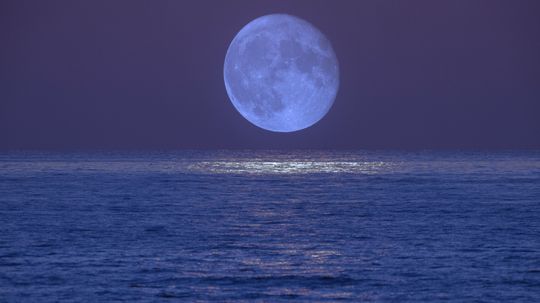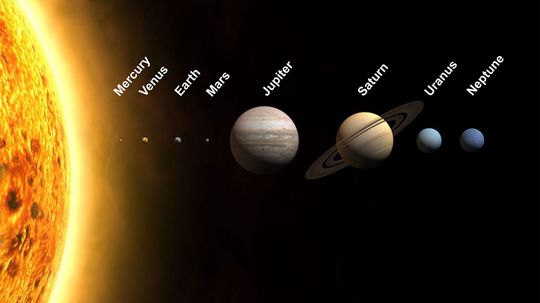Space
Explore the vast reaches of space and mankind’s continuing efforts to conquer the stars, including theories such as the Big Bang, the International Space Station, plus what the future holds for space travel and exploration.
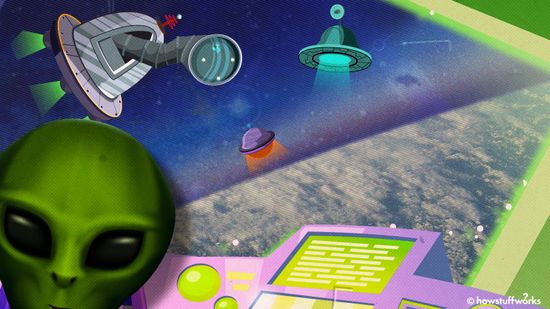
The Zoo Hypothesis: Are Aliens Watching Us Like Animals in a Zoo?
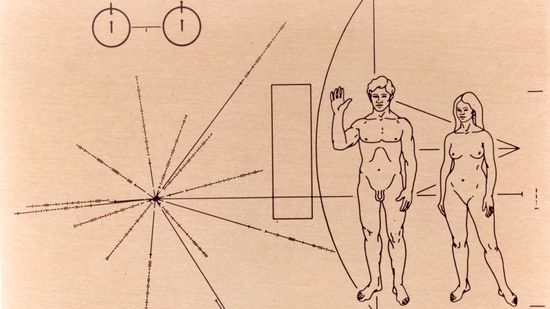
Communicating With Aliens Is Hard. Communicating With Alien AI Could Be Harder

UFOs and the Government

The Largest Star in the Universe Is 1,700x Bigger Than Our Sun

What Is a Harvest Moon?
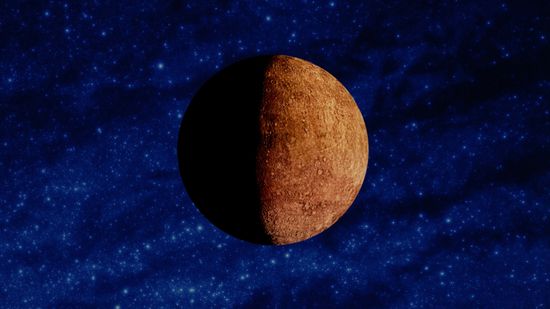
The Mysteries of Mercury Retrograde Unveiled: A Cosmic Phenomenon
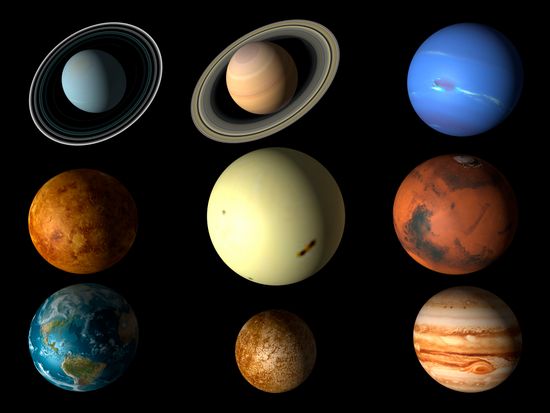
10 Best Ideas for Interplanetary Communication
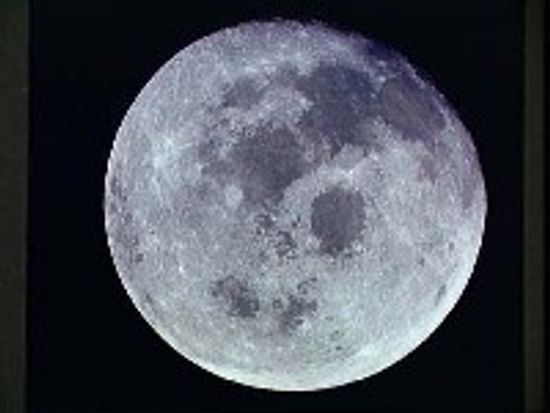
How can the moon generate electricity?
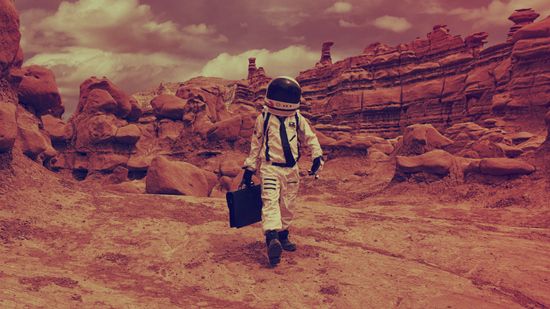
How Terraforming Mars Will Work
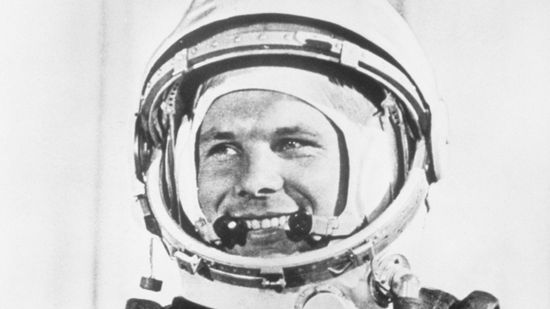
What Really Happened to Yuri Gagarin, the First Man in Space?
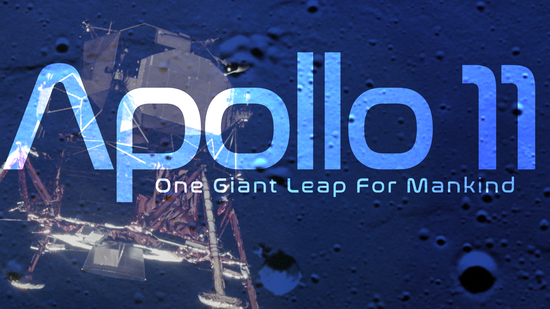
Apollo 11 One Giant Leap For Mankind

What is it like to sleep in space?
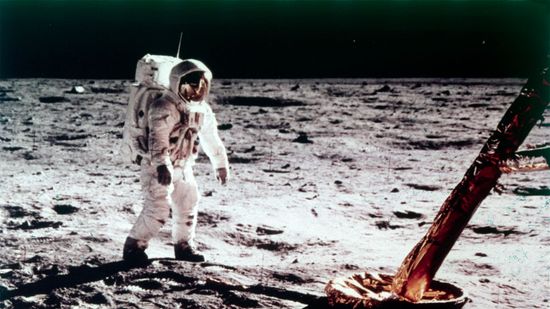
Quiz: Apollo 11, the First Moon Landing

Who was James Webb?

10 Space Landmarks We'd Like to Visit
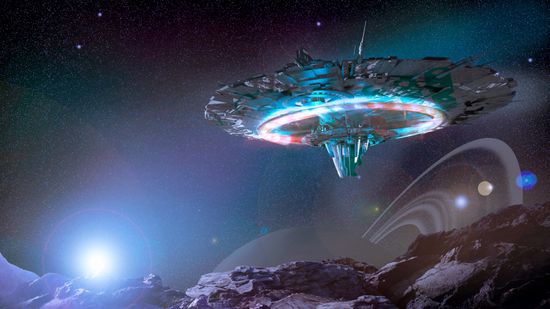
The Fastest Fictional Spaceships
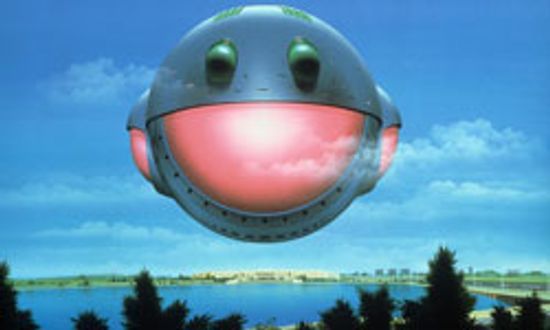
10 Fictional Spacecraft We Wish Were Real
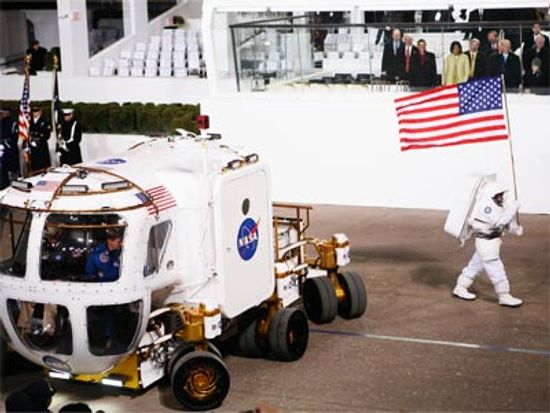
How Lunar Rovers Work
Learn More / Page 2
Fling away your Fodor's! Toss your TripAdvisor! We have the only guided tour of outer space you'll need -- a foray into the final frontier so ambitious it will make the Voyager probes' Grand Tours look like daytrips.
In the future, as we send space probes and manned missions to explore the solar system and possibly colonize other worlds, there's a major problem that we'll have to overcome -- keeping in touch with them.
Killer asteroids are all fun and games -- until they're headed for Earth. How do we stop cosmic hot potatoes from wiping out our planet?
Advertisement
It's not a pleasant thought, is it? But when you mix chaos theory with a few crazy cosmologists, those tidy, predictable orbits start getting lively.
In honor of Douglas Adams and galactic hitchhikers everywhere, we submit this list of 10 spacecraft that we hopelessly pine for. Mindboggingly beautiful!
By Robert Lamb
Sunspots are peculiar dark areas that show up regularly on the surface of the sun -- and often for no reason. What causes them? What effect could these funny little spots have on the Earth?
Human beings have only gone as far as the moon and back -- and that's certainly an accomplishment in and of itself. But what other methods do scientists use to learn about our galaxy and beyond? What have we achieved so far in our exploration of the final frontier?
By Rick Mayda
Advertisement
Driving on Earth is tough enough. What happens when you throw in craters, unexpected solar events and backseat driving from your fellow astronauts while you bump over the moon?
When there are 16 sunsets every day, getting some shut-eye becomes a bit of an issue. Do astronauts get through it with some warm milk as they float?
In the 1960s, space food was either cubed or tubed, and it wasn't very appetizing. Today's astronauts have a more palatable array from which to choose. Where is it developed?
As every fledgling and seasoned astronomer knows, groups of stars that form some sort of arrangement are known as constellations. Peer at some of the most famous constellations that humans use to navigate, divine the future and tell stories.
Advertisement
The science of rocketry is extremely complex and, at times, dangerous. This collection of images highlights the tech that gets all that science off the ground.
Radio telescopes can give us some impressive insights into the universe. This collection of pictures highlights some of the images these telescopes have captured.
By Rick Mayda
Researchers are using the moon's gravitational pull on bodies of water to test underwater turbine electricity production. It's considered clean power, but is it completely safe?
By Josh Clark
Some people don't believe a man walked on the moon. Others still think the Earth is flat. Are the Illuminati preparing the Earth to become an alien colony?
Advertisement
Would you be able to hear the Starship Enterprise if it zipped past you in space? Would the destruction of the Death Star be completely silent?
In the early 20th century, wherever there were "flying saucers," there was also ridicule, dished out to anyone courageous or foolish enough to defy the orthodoxy. How involved were the government researchers in UFO research--and what did they find?
Modern UFO history began with the 1947 UFO sighting by pilot Kenneth Arnold. But the roots of UFO stories stretch back to ancient and medieval days. Learn about the history of UFOs and strange phenomena from ancient times to the mid-20th century.
Hundred of meteors fly across the sky every night, but only a few make it to Earth. Meteors are best known for the brilliant streaks of light they make as they burn up in the atmosphere. Learn about 10 memorable meteor crashes that left an impression.
Advertisement
Almost everyone dreams of floating effortlessly like astronauts in space. The Zero Gravity Corporation offers this experience to the public. Go inside G-FORCE-ONE to find out what it's like to somersault in zero gravity and how simulating weightlessness works.
We know it's not made of green cheese, but what are the origins of the moon? Learn astronomers' theories about where the moon came from.
We know who won – top-runner SpaceShipOne. We know what the team receives for that accomplishment: $10 million and an obscenely gigantic trophy. But what about the story behind the contest? Learn about the rules, restrictions, red tape, test crashes, successful launches and the technological innovations that may get you into sub-orbit sooner than you think.
By Lacy Perry
The thought of terraforming Mars is one of those ideas so outrageous that it just might work! Learn how it will work!
By Kevin Bonsor
Advertisement
Why does the moon look so much bigger when it is near the horizon than when it is high up in the sky? This question has been pondered for hundreds if not thousands of years, and is commonly referred to as the moon illusion.
You know Saturn and Venus and Mars. Can you put the eight planets of the solar system in the correct order? There are several ways to do this.
